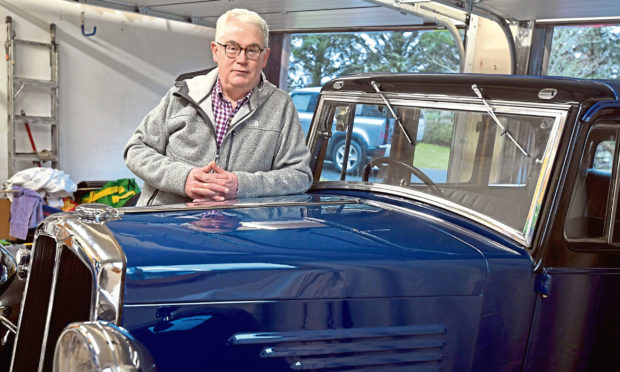It’s no secret that the north-east is home to some incredibly skilled classic-car restorers, who could run rings around the mechanics of today.
But aside from talent and dedication, there’s a secret ingredient which adds an extra gleam to the paintwork and a hum in the engine.
Love; a love for the cars of yesterday which evoke memories of a different era, where motor cars were a status symbol.
Paul Lawson is in no doubt that the team who helped him restore Lady Mary gave love by the bucketload, and came on board with his vision from the get-go.
It’s a rather fitting name, for this 1934 BSA 10hp RWD saloon would not look out of place cruising down the drive of Highclere Castle – the setting for Downton Abbey where Lady Mary resided.
From the brilliant-blue sheen to the gleaming headlights, it’s difficult to believe that the saloon was once left to rot.
Lady Mary
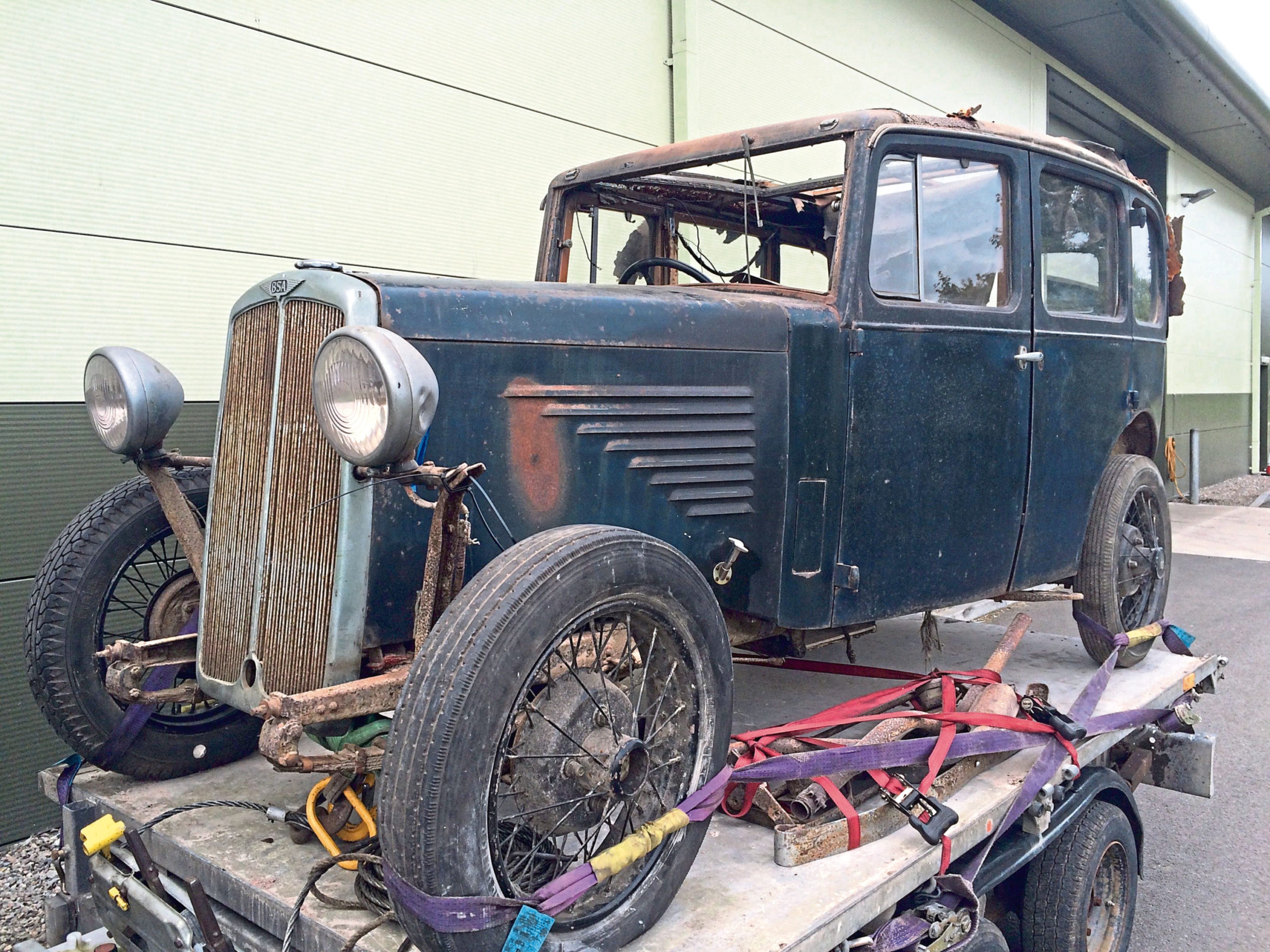
Paul, who lives in Alford and is chairman of the board of trustees at Grampian Transport Museum in the village, fell head over heels for the saloon, rust and all.
And although his late wife, Joanna, didn’t live to see the car finished, he has a feeling she would have approved.
“Joanna hated all the others cars I had, she said they were too noisy and smelly,” said Paul.
“But the saloon was altogether more stately and we took to calling her Lady Mary.
“You could picture her at Downton Abbey, although she’s a lot smaller than the vehicles used on set.
“I got the saloon in 2015, and it was my first time restoring a car.
“My son got married back in October and wanted the car at his wedding, so there was an impetus to get it finished.”
Although the vehicle didn’t quite play the starring role which Paul had imagined, it is still somewhat of a miracle that it is now up and running.
Once restrictions ease, Paul even has a few people in mind to take for a spin in the countryside.
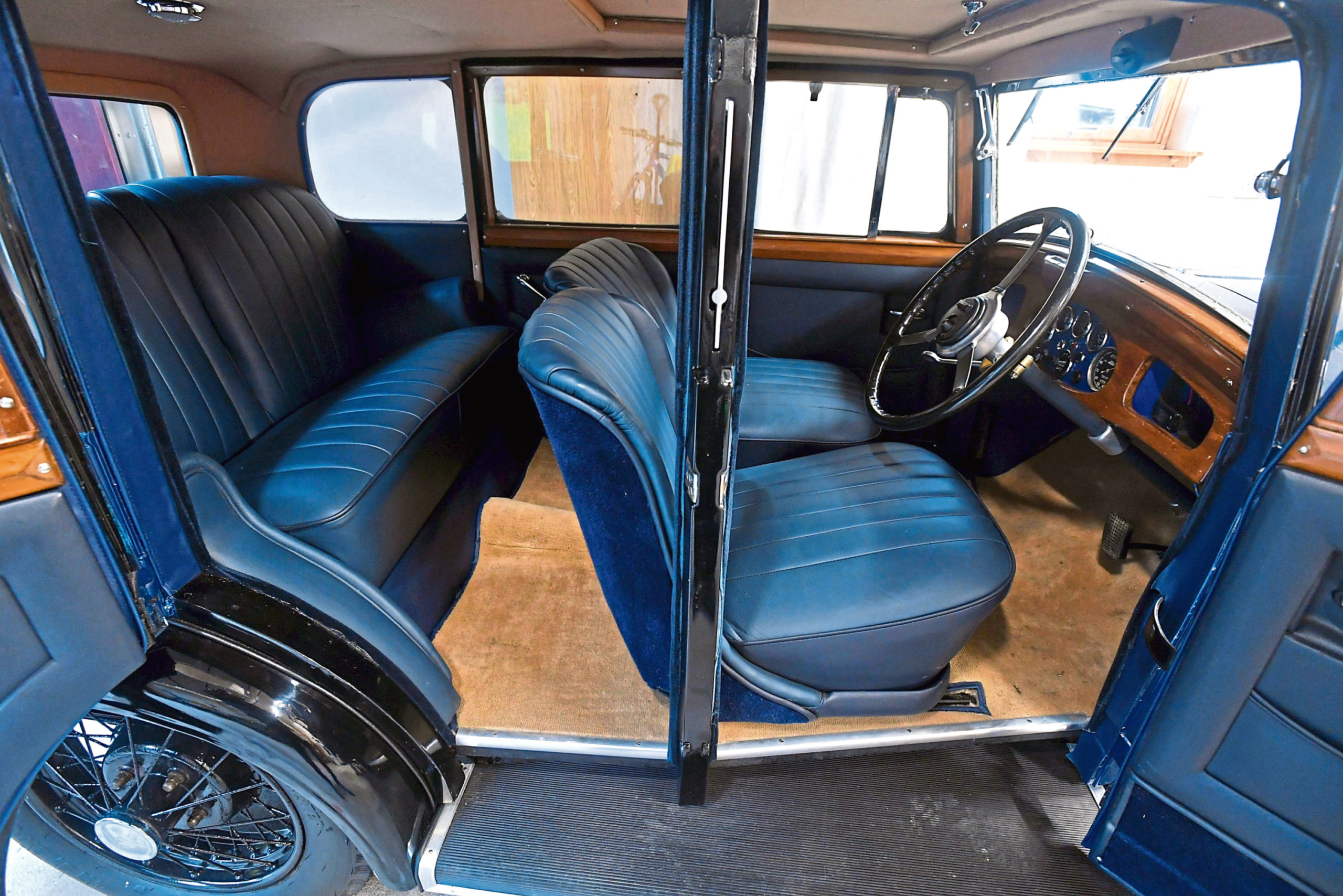
“The car was made at Birmingham Small Arms (BSA), which was of course featured in Peaky Blinders,” he said.
“After the Great Depression, I think BSA moved into making cars.
“I know it was registered to Walter MacFarlane, who lived in Montrose, on October 3 in 1934. I am still trying to piece together the rest of the history though, as there’s roughly a 50-year gap where I’m not really sure what went on.”
There have been some tantalising clues however, as to the car’s past.
“During the restoration work, I discovered that a previous owner obviously had a mend and make do approach,” said Paul.
“Two syrup tins had been folded in half and used as a mounting plate for the rear lights of the car.
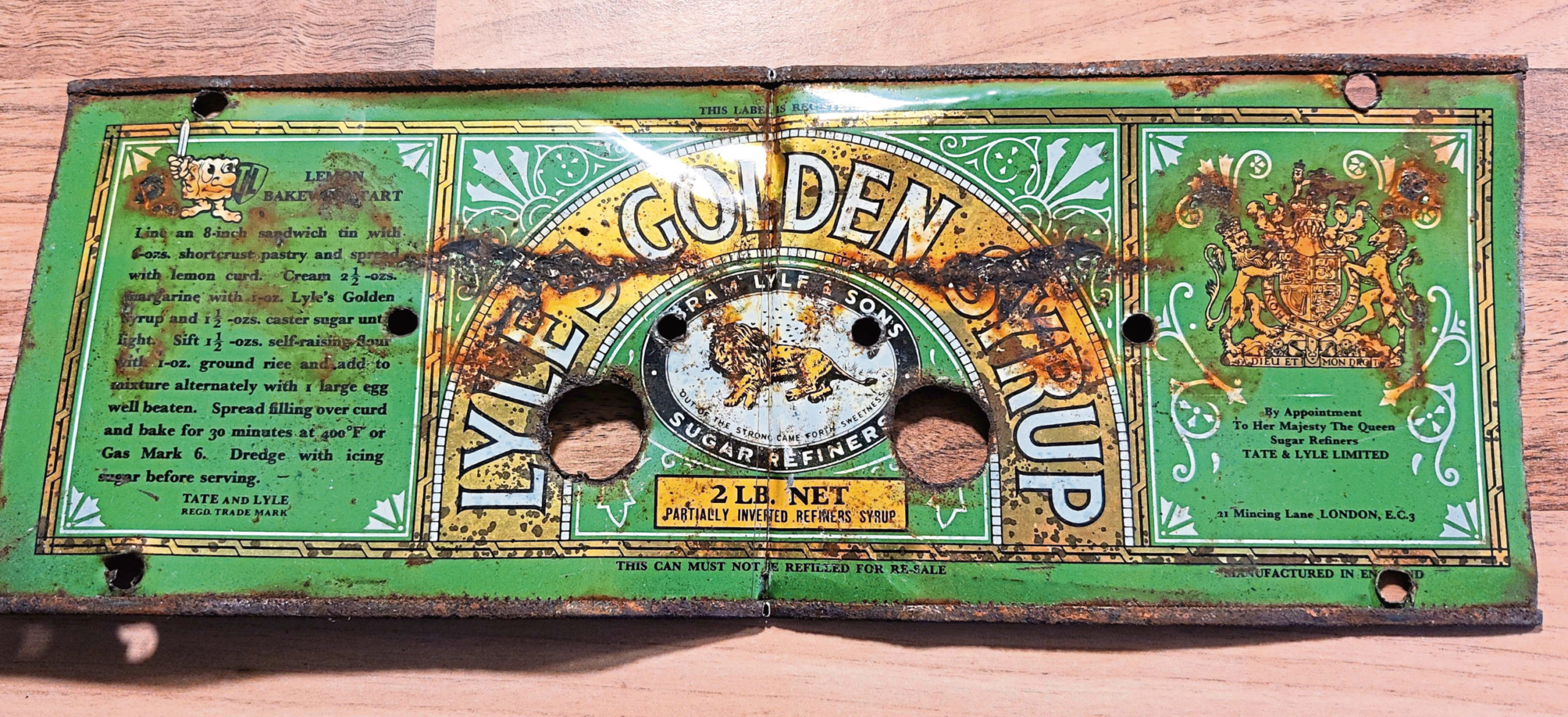
“When I unfolded them, I could still see the green and the lions.
“Someone must have thought to themselves that they needed to put lights on the rear number plate, maybe just after the war.
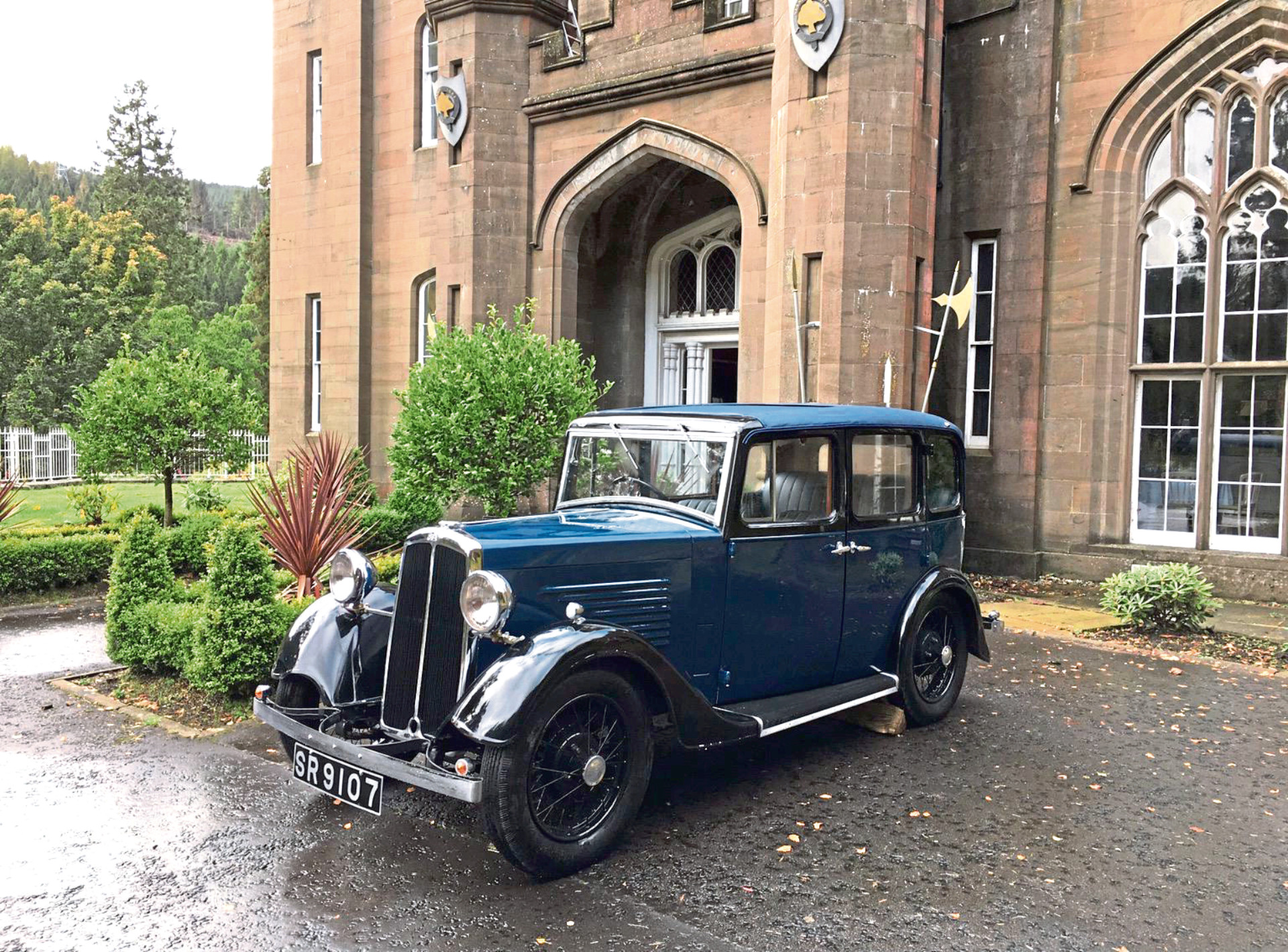
“People didn’t have a lot of money during those times of austerity, so they used what they had to hand.”
Completely in love
Paul bought the saloon from the late Major Jim Glennie, who was also involved with GTM.
“Jim and his wife Eleanor never got round to doing anything with the car, and by the time I decided to take it on, I was completely in love,” he said.
“I feel these kind of cars are part of our heritage, but this was my first restoration.
“The owner prior to Jim had just left the car outside, he was a farmer, and bags of animal feed had been placed on the roof which was also covered in tar.
“To make matters worse, it was a fabric roof. We must have spent weeks chipping tar off.
“The car has an oak frame because that’s the way cars were made back then. They were built with timber frames and put on to a metal chassis. It was rotten in corners and the sunroof had completely disintegrated.
“It needed pretty much everything, so I had to get a shopping list together.
“The paintwork was really bad, and it was actually re-sprayed by apprentices at Aberdeen College. There was a family of mice in the seats, and I won’t say how much I spent on the engine.”
A network of experts across the UK have been involved in restoring the saloon to her former glory, alongside a dedicated crew closer to home.
“John Rahtz, Robbie Gordon and Sandy Shirras all gave up their time and expertise,” said Paul.
“One of the things which really struck me throughout the project, was that there are so many people out there with wonderful skills.
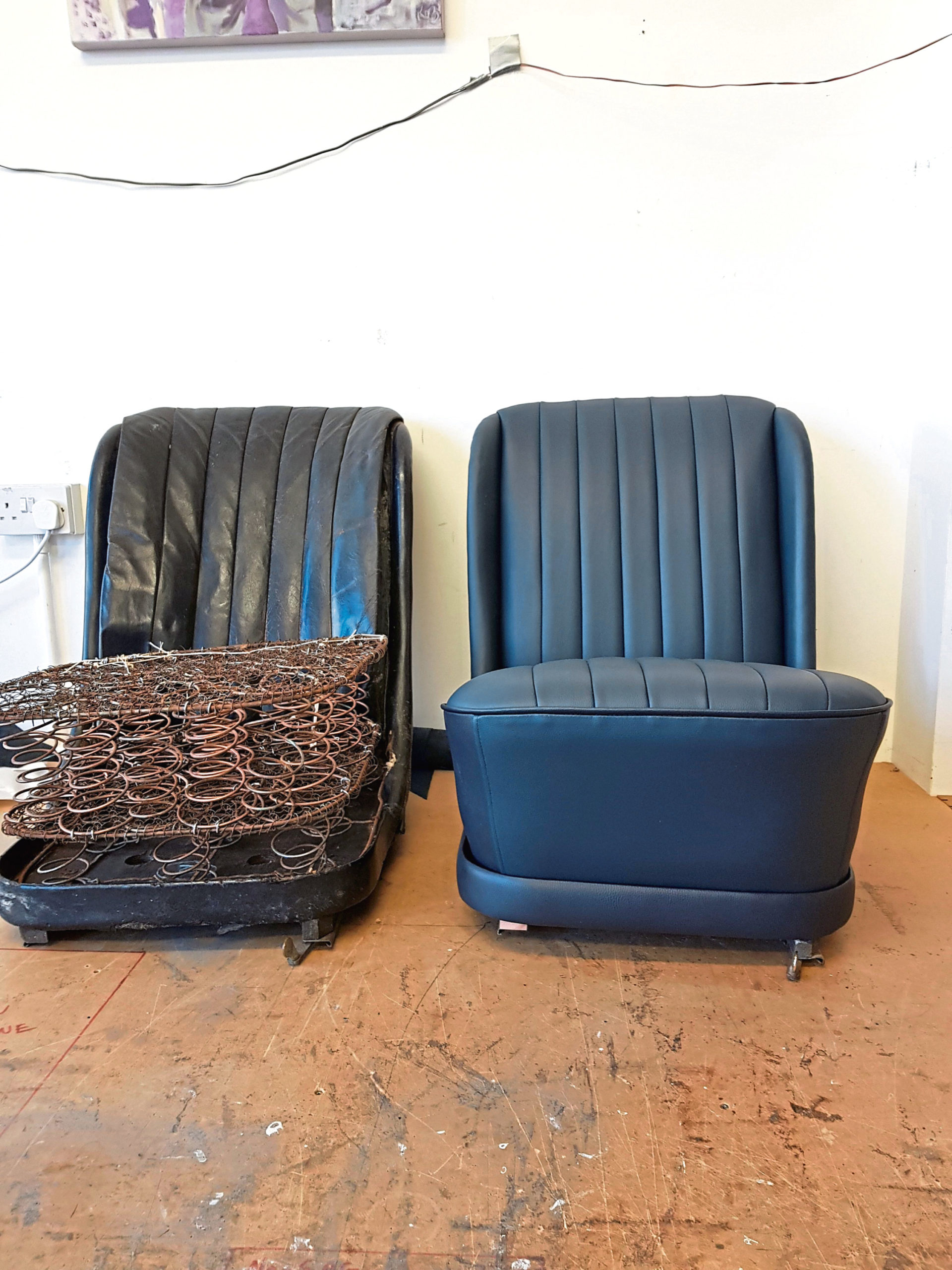
“Some who are in the 80s, and so many people have been involved from the start.
“I think I’ve had to learn how to be patient, it has been like putting a jigsaw puzzle back together.
“I’m quite a positive person thankfully, and now I want to find out the social history of my saloon.
“Could it have gone to England at all? If there is anybody out there with information, I’d love them to come forward.”
You can get in touch with Paul at lawsonness@btinternet.com
